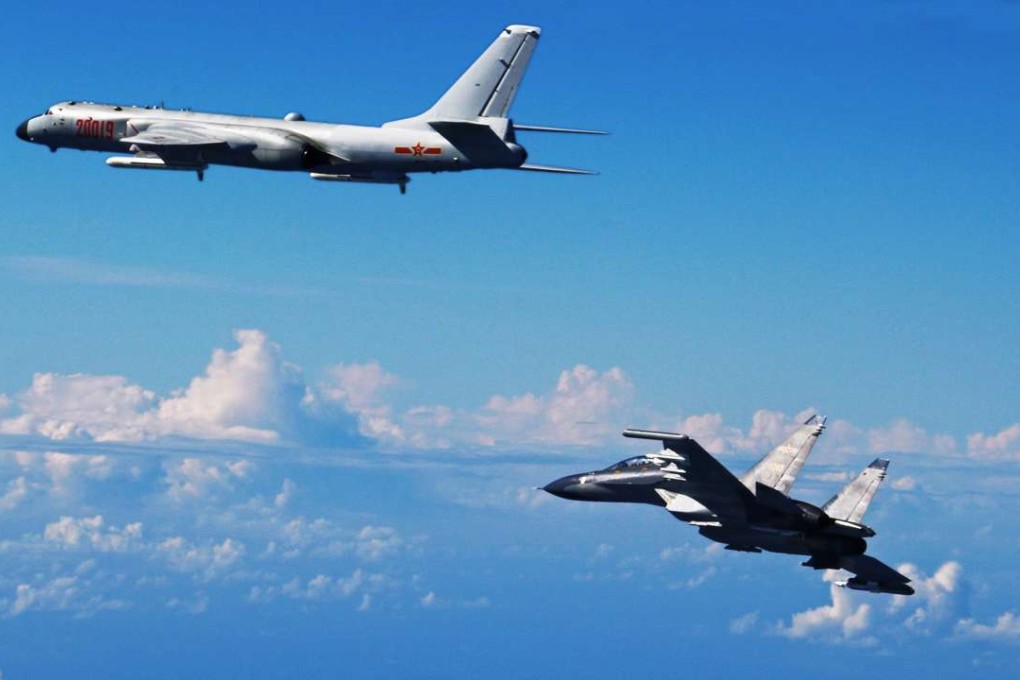PLA will ‘step up flights near Taiwan’ to pressure Tsai after Trump phone call
Beijing wants to keep up the pressure on the island amid fears the US may soften its stance on its policy that Taiwan is part of one China

Chinese air force planes are likely to increase the number of flights close to Taiwan after its president’s controversial telephone call with president-elect Donald Trump, escalating threats to the self-governed island, according to military analysts.
China’s military has already flown a series of flights close to the island in recent months as it tries to ratchet up pressure on Taiwan’s independence-leaning government.
Concerns that the US may shift its policy towards Taiwan are likely to further increase the number of flights close to the island, the observers said.
Beijing was infuriated by the call between Trump and Taiwan’s President Tsai Ing-wen, fearing that it undermines US policy that the island is part of one China.